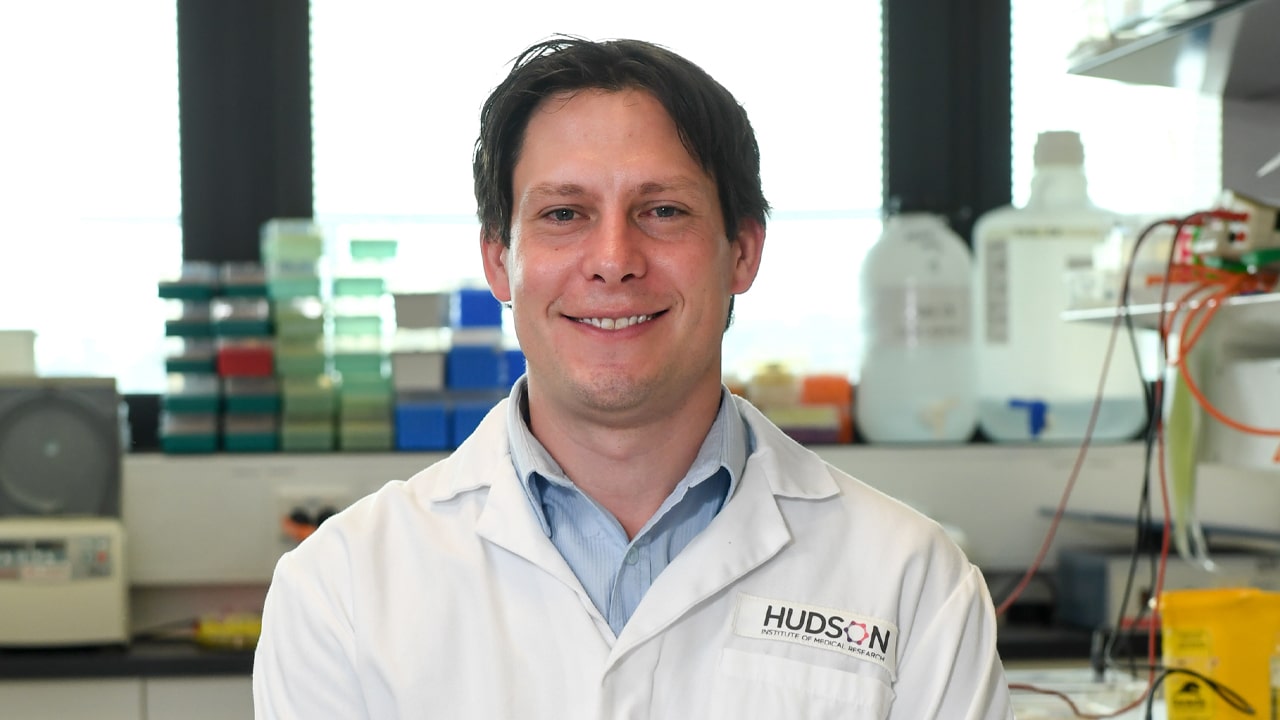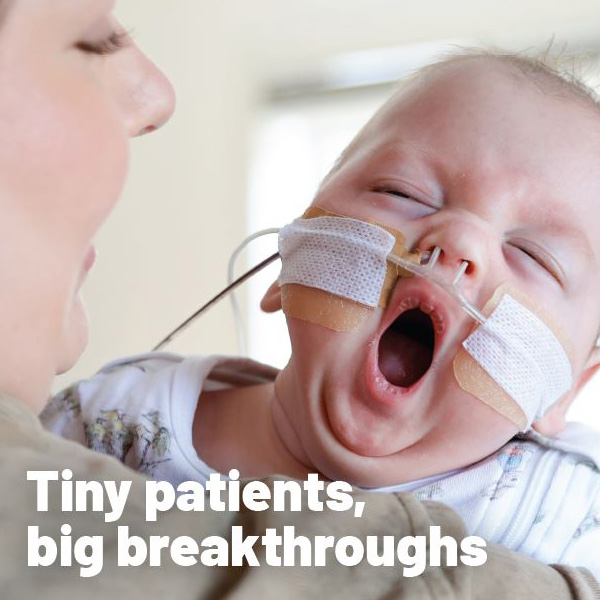Uncovering the mechanism driving antimicrobial resistance
By Rob Clancy, staff writer. Reviewed by Associate Professor Samuel Forster

The World Health Organization calls antimicrobial resistance (AMR) “one of the most urgent health threats of our time” and now, thanks to a collaboration between the Hudson Institute of Medical Research and the Wellcome Sanger Institute, Cambridge UK, for the first time we know how it spreads inside the human gut microbiome.
This research is published in Nature Communications.
Lead researcher Dr Samuel Forster said resistance occurs when bacteria acquire changes and no longer respond to antibiotics. This makes infections harder to treat and increases the risk of disease spread, severe illness and death.
“Antibiotic resistance is emerging at an alarming level, rendering some bacterial infections untreatable and increasing dependence on last line antibiotics,” Dr Forster said.
Emerging threat of antimicrobial resistance
“The gut microbiome contains thousands of beneficial bacterial species, each of which may carry antibiotic resistance genes and share these with disease causing bacteria,” he said. “This work provides a new tool in the toolkit for managing the emerging threat of antimicrobial resistance.”
Bacteria can develop resistance either through changes in their genetic sequence or by acquiring resistance genes from other bacteria. But resistance in pathogens is just one side of the story – the beneficial bacteria in our microbiomes so they also need ways to protect themselves, otherwise they will be destroyed every time we take antibiotics.
Understanding the diversity of resistance in the microbiome and which ones can be spread to pathogens allows us to be prepared and take actions to prevent this occurring.

Transfer from the microbiome to pathogens
“Our research provides world-first experimental identification of the key mediators of this transfer from the microbiome to pathogens.” said Dr Emily Gulliver, a postdoctoral researcher also working on the project.
“Of most concern, bacteria carrying these elements were also detected in other body sites including the vagina, skin and nasal cavity, with some also found across diverse environmental samples. This suggests how widespread these elements may be,” said Dr Gulliver.
Dr Forster believes the study of the human gut microbiome is delivering incredible results: “In this case we are discovering the rules that allow bacteria to share key functions between them and using this knowledge to reduce and prevent potentially deadly infections.”
Collaborators | Wellcome Trust Sanger Institute
This research was supported by | NHMRC, Wellcome Trust
In this article
About Hudson Institute
Hudson Institute’ s research programs deliver in three areas of medical need – inflammation, cancer, women’s and newborn health. More
Hudson News
Get the inside view on discoveries and patient stories
“Thank you Hudson Institute researchers. Your work brings such hope to all women with ovarian cancer knowing that potentially women in the future won't have to go through what we have!”






